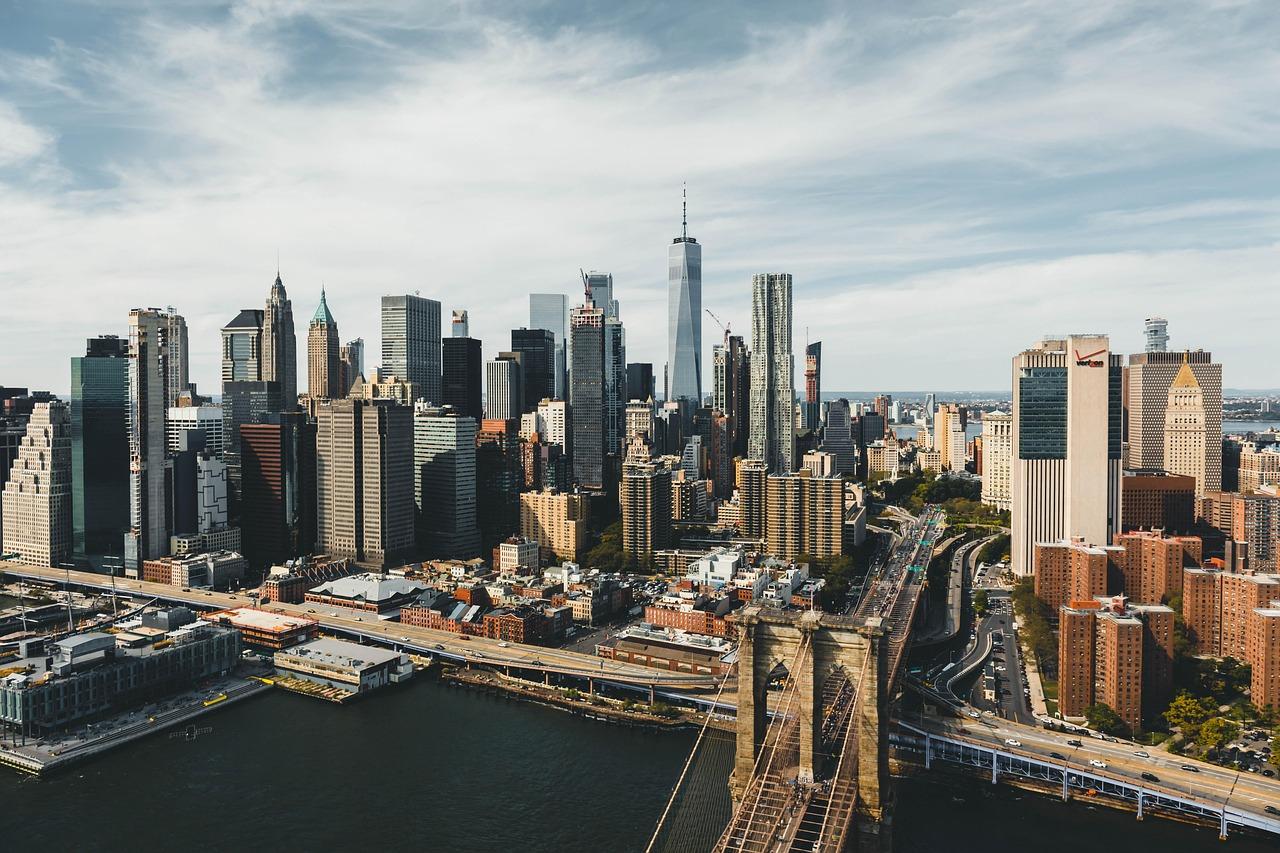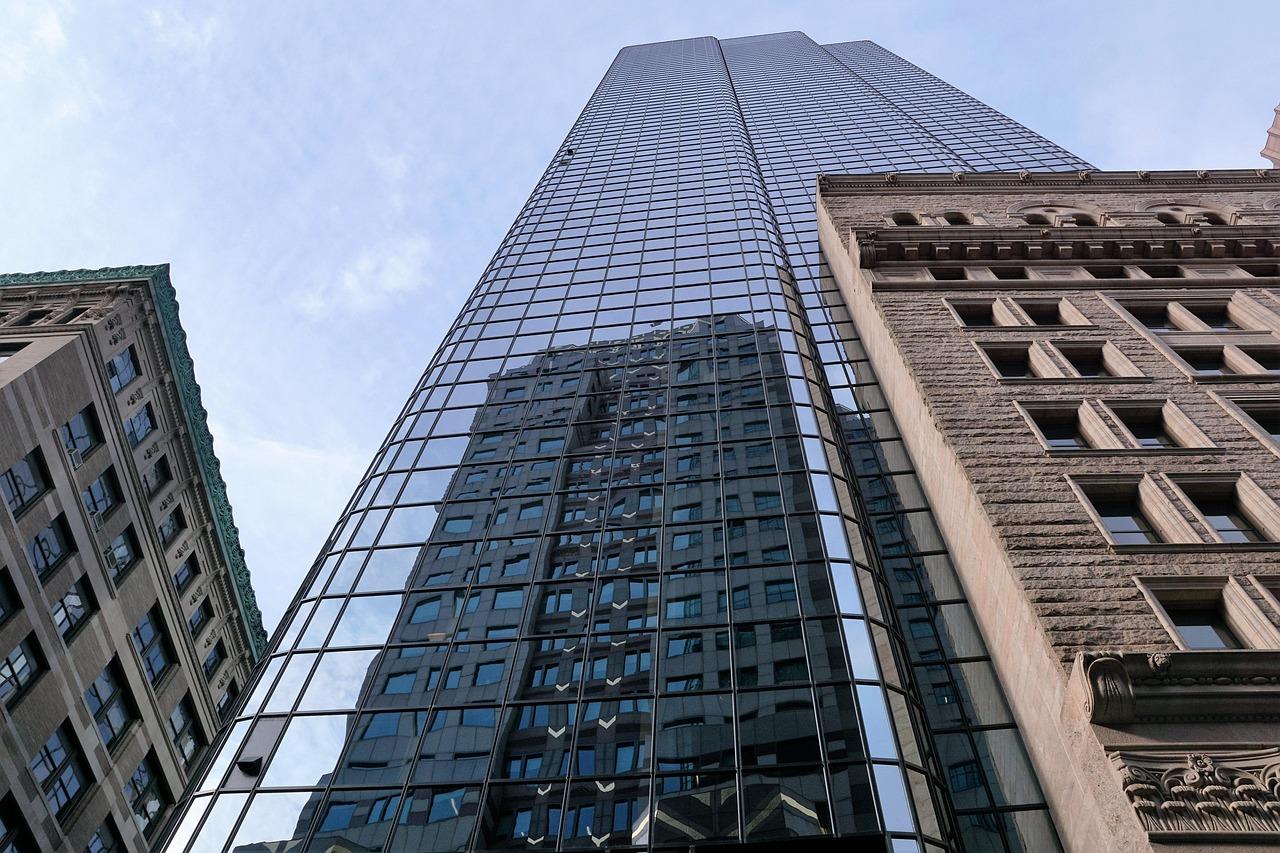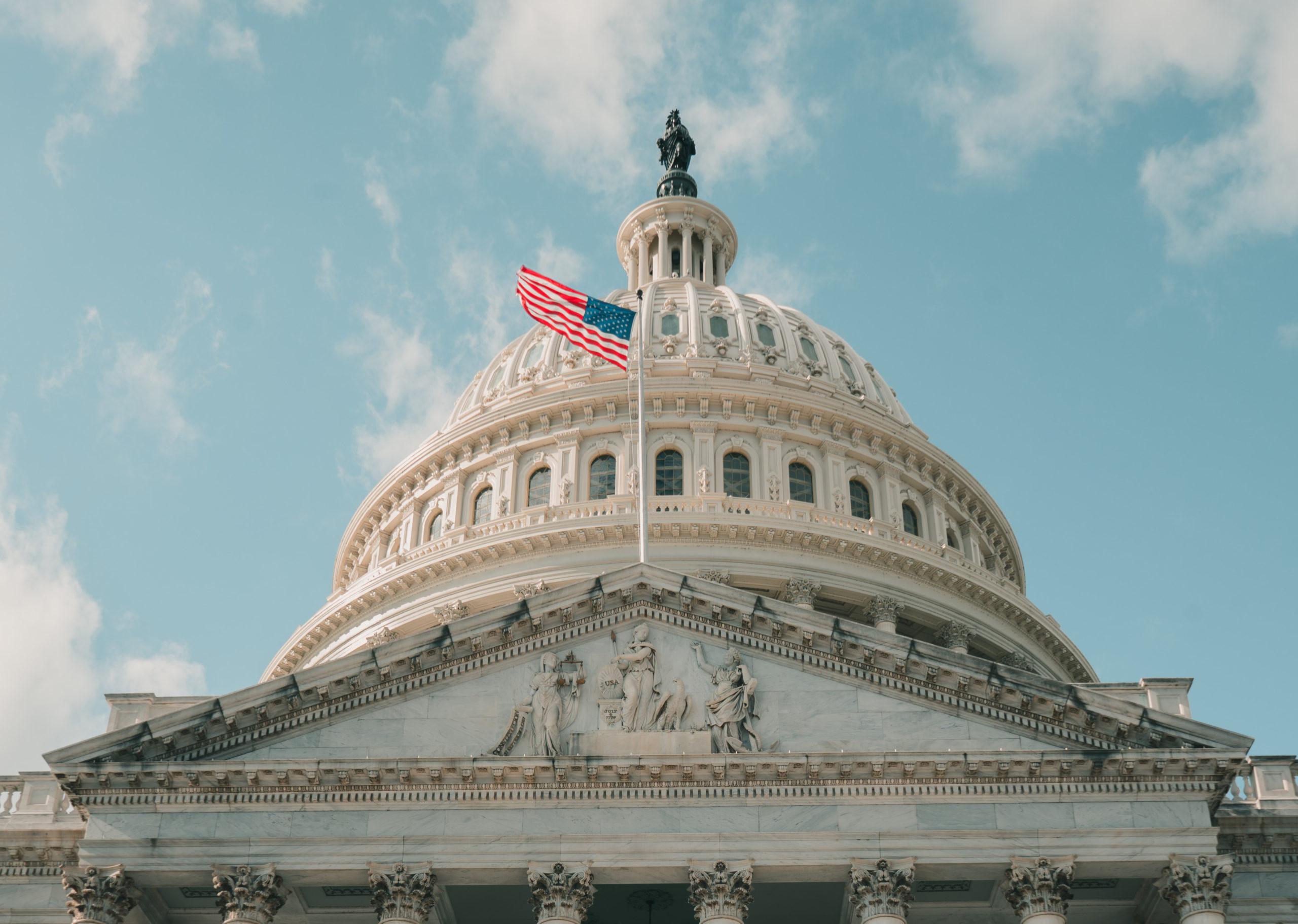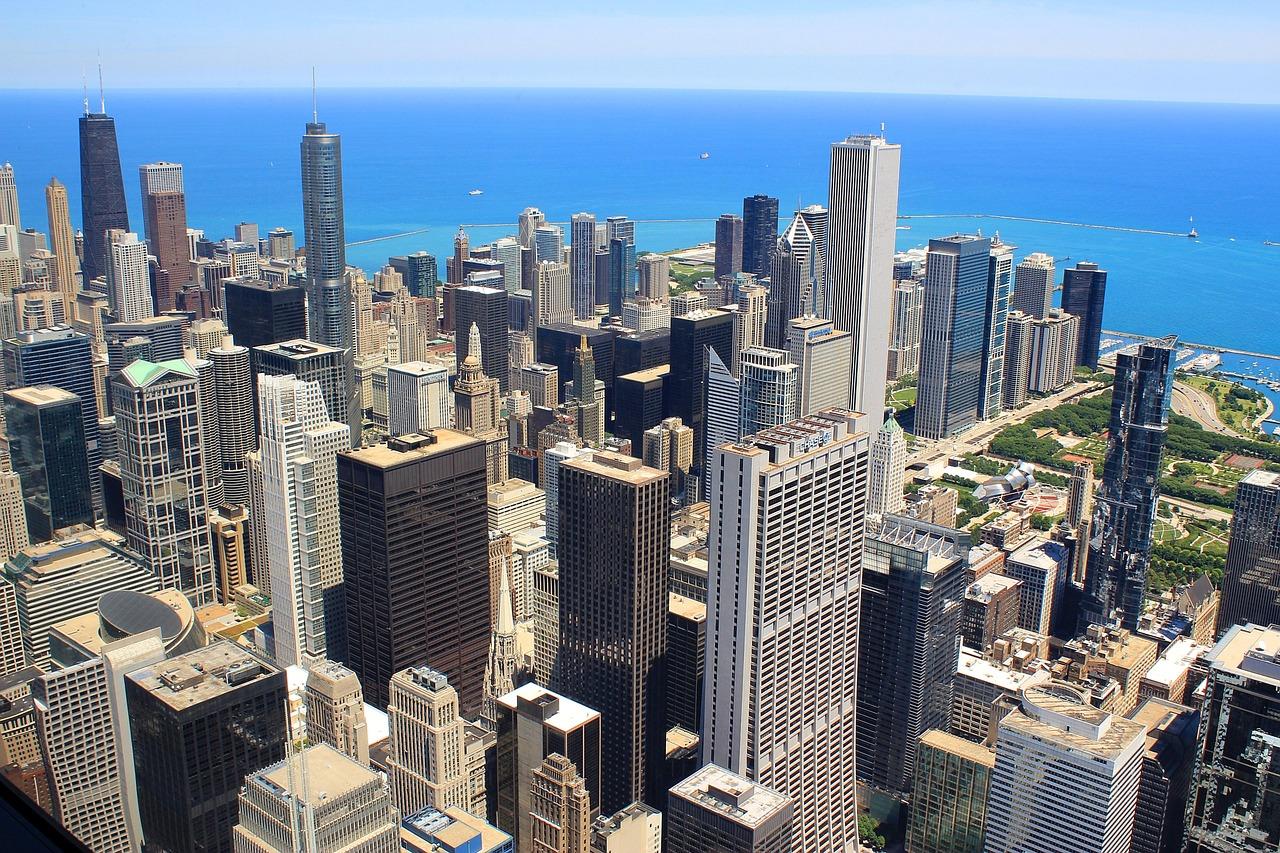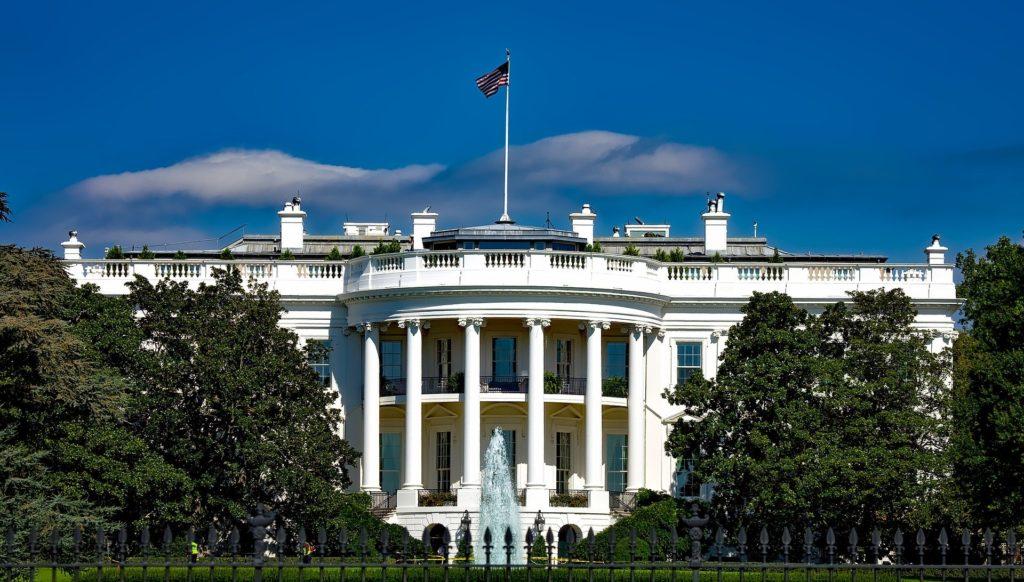
Paths to a Green Card
There are several ways to qualify for a U.S. Green Card: Family Sponsorship: The most common route, which includes sponsorship from immediate family or relatives: Employment-Based: Includes options for people with extraordinary abilities, skilled professionals with job offers, certain categories (e.g., religious workers, translators), and unskilled labor positions, Investor Visa (EB-5): Allows foreign nationals to obtain a Green Card through significant investment; Diversity Visa Program: Granted via an annual lottery, Asylum and Refugee Status.
Of these, only a few options are self-sponsored, meaning they don’t require a family member or employer. One of these is the EB-5 program, which allows foreign nationals to qualify for a Green Card through investment in a U.S. business that creates at least 10 jobs. As of 2022, the minimum investment is set at $1,050,000, or $800,000 for projects in rural or high-unemployment areas, and this level is fixed until 2027.
Can You Invest in Real Estate for an EB-5 Green Card?
A common question from potential EB-5 investors is: Can you invest in real estate to qualify for a Green Card? Unlike programs in some European countries, simply buying a property in the U.S. does not qualify for an EB-5 Green Card, as the program requires job creation. However, there are specific real estate investment options that may meet EB-5 requirements.
Real Estate Investment Options for EB-5
- Real Estate Portfolio for Short-Term Rental or Renovation
In theory, you could purchase multiple properties, operate them as short-term rentals (e.g., on Airbnb), and hire at least 10 employees to manage the business. However, this approach generally requires a higher investment than the minimum, especially since properties in high-demand rental areas are expensive. As of October 2024, Zillow estimates the average home value in the U.S. is $359,000, and it would likely be higher in areas suitable for short-term rentals. Additionally, this model might involve contract workers, which may not meet EB-5’s full-time employment requirement.
- Buying a Business with a Real Estate Component
This option involves purchasing a business that includes real estate as an example it can be an office building, auto-repair shop with the ownership of the building, restaurant with ownership of the building and land.
However this business has to create an additional 10 jobs after the investment is made, with an exception for “troubled businesses”—companies that have operated for at least two years and incurred a net loss of at least 20% over the past year or two. In such cases, the investor may qualify by saving existing jobs in the business.
- Investing Through a Regional Center
The most popular EB-5 investment option is through a Regional Center, which pools funds from multiple investors to finance large-scale real estate projects. Regional Centers function similarly to real estate funds and are registered with the U.S. Citizenship and Immigration Services (USCIS). They facilitate funding for various real estate developments, including multi-family housing, hotels, logistics facilities, and office buildings. This option allows investors to meet EB-5 requirements, such as job creation, without the need to manage a business directly, offering a more hands-off approach to securing U.S. residency.
Steps to Obtaining a Green Card through EB-5 Real Estate Investment
The EB-5 process involves two main steps:
- Conditional Green Card: After making the investment and submitting a business plan that shows job creation, you receive a conditional Green Card.
- Permanent Green Card: After proving that the required jobs have been created, you can apply to remove the conditions and obtain a permanent Green Card.
While the full process can take 5-7 years, you and your family can relocate to the U.S. soon after your initial application.
Costs of an EB-5 Real Estate Investment
If you choose to invest in your own business model, costs will vary depending on the project. However, additional expenses such as legal fees and government filing fees are required. For Regional Center investments, the typical investment amount is $800,000, with additional non-refundable fees of approximately $100,000 to $200,000.
How Long Is Your Investment Held, and What Returns Can You Expect?
Most EB-5 investments remain in the project for approximately 4 to 8 years. The developer, who owns and manages the project, typically returns the investment funds after the project is either sold or refinanced, once it has reached a stable cash flow. Returns on Regional Center investments are generally modest, as these projects prioritize meeting EB-5 program requirements (such as job creation) over generating high returns for investors. Established Regional Centers with a proven track record tend to carry lower risk, offering investors greater stability and predictability in achieving both immigration and financial goals.
Is There a Guarantee of Green Card Approval or a Return on Investment?
No, the EB-5 program provides an opportunity for a Green Card but does not guarantee it. Therefore, careful selection of a reputable project is essential. While you cannot eliminate risk entirely, investing through a Regional Center with a strong track record can help minimize it. At Second Wind, we’ve curated top Regional Center options and are here to help you achieve your goal.
Categories:
